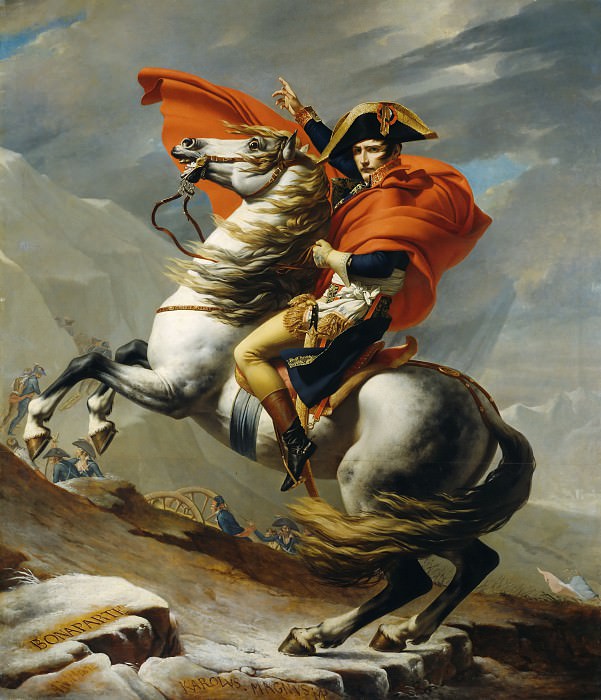Giorgio de Chirico: The Enigmatic Art of Metaphysical Painting
Introduction to Giorgio de Chirico
Giorgio de Chirico, an Italian painter born on July 10, 1888, in Volos, Greece, is renowned for his unique contribution to modern art. He founded the Metaphysical art movement, which profoundly influenced the Surrealist artists of the 20th century. De Chirico's paintings are characterized by eerie, dreamlike scenes that evoke a sense of mystery and melancholy. His works often depict deserted cityscapes, enigmatic figures, and classical architecture, blending reality with the surreal to create a hauntingly beautiful visual narrative.
Early Life and Education
De Chirico was born to Italian parents in Greece, where his father worked as a railway engineer. His early exposure to classical Greek art and mythology deeply influenced his artistic vision. In 1906, after the death of his father, de Chirico moved with his family to Munich, Germany. There, he enrolled at the Academy of Fine Arts and studied the works of German Symbolist artists, particularly Arnold Böcklin and Max Klinger. These artists' fascination with mythological themes and dreamlike atmospheres resonated with de Chirico and inspired his early works.
The Birth of Metaphysical Art
De Chirico's unique artistic style began to take shape during his stay in Italy, specifically in Florence, around 1910. He painted a series of works that depicted empty cityscapes bathed in a mysterious light, often featuring classical architecture and enigmatic figures. This period marked the birth of his Metaphysical paintings, characterized by their unsettling, dreamlike quality. One of his most famous works from this period, "The Enigma of an Autumn Afternoon," encapsulates the essence of Metaphysical art with its eerie, sunlit piazza and long shadows.
The Influence of Nietzsche and Schopenhauer
Philosophy played a crucial role in shaping de Chirico's artistic vision. He was profoundly influenced by the writings of Friedrich Nietzsche and Arthur Schopenhauer. Nietzsche's concepts of eternal recurrence and the metaphysical aspects of existence resonated with de Chirico, who sought to capture these ideas in his paintings. Schopenhauer's philosophy, which emphasized the world as a representation and the role of the artist in revealing deeper truths, also deeply impacted de Chirico's approach to art.
Key Themes in De Chirico's Art
De Chirico's paintings often explore themes of time, memory, and the uncanny. His use of classical architecture, such as arches, columns, and statues, evokes a sense of timelessness and continuity with the past. However, the juxtaposition of these elements with modern, deserted cityscapes creates an eerie and disconcerting atmosphere. This contrast between the familiar and the strange is a hallmark of de Chirico's Metaphysical art.
One recurring motif in de Chirico's work is the mannequin or automaton. These figures, often depicted in classical poses, lack distinct facial features and exude an aura of detachment and alienation. They serve as symbols of the fragmented and depersonalized nature of modern existence, reflecting de Chirico's philosophical musings on identity and the human condition.
Notable Works and Their Impact
Some of de Chirico's most iconic works include "The Mystery and Melancholy of a Street" (1914), "The Soothsayer's Recompense" (1913), and "Hector and Andromache" (1917). "The Mystery and Melancholy of a Street" is particularly celebrated for its haunting depiction of a shadowy street with a distant, foreboding figure, creating a sense of impending doom. These paintings captivated the imaginations of many contemporary artists and paved the way for the Surrealist movement.
Influence on Surrealism
De Chirico's Metaphysical paintings had a profound impact on the Surrealist artists of the early 20th century, including André Breton, Salvador Dalí, and René Magritte. Breton, the founder of Surrealism, admired de Chirico's ability to evoke the uncanny and the dreamlike in his works. Dalí and Magritte, in particular, drew inspiration from de Chirico's enigmatic compositions and use of unexpected juxtapositions. De Chirico's influence can be seen in the surreal landscapes and dreamscapes that became hallmarks of Surrealist art.
Later Years and Artistic Evolution
In the 1920s, de Chirico's style underwent a significant transformation. He began to focus more on classical themes and techniques, drawing inspiration from Renaissance art and traditional painting methods. This shift in style was met with mixed reactions from critics and fellow artists, some of whom felt that de Chirico had abandoned the innovative spirit of his earlier Metaphysical works. Despite this, de Chirico continued to produce a prolific body of work, exploring a wide range of themes and styles throughout his career.
Legacy and Recognition
Giorgio de Chirico's contribution to modern art is undeniable. His Metaphysical paintings challenged conventional perceptions of reality and opened new avenues for artistic expression. Today, his works are celebrated for their innovative approach and profound impact on the development of Surrealism. De Chirico's influence extends beyond painting, inspiring writers, filmmakers, and other artists to explore the boundaries between reality and the surreal.
The Enigma of Giorgio de Chirico
The enduring appeal of Giorgio de Chirico's art lies in its ability to evoke a sense of wonder and curiosity. His enigmatic compositions invite viewers to delve into the depths of their own subconscious and explore the mysteries of existence. De Chirico's legacy as a pioneer of Metaphysical art continues to inspire and captivate audiences around the world, solidifying his place as one of the most influential artists of the 20th century.
In conclusion, Giorgio de Chirico's art remains a testament to the power of imagination and the exploration of the metaphysical. His unique vision and innovative approach to painting have left an indelible mark on the history of modern art, and his works continue to inspire and challenge viewers to this day. As we reflect on de Chirico's legacy, we are reminded of the enduring allure of the mysterious and the unknown, and the infinite possibilities that lie within the realm of the imagination.
















